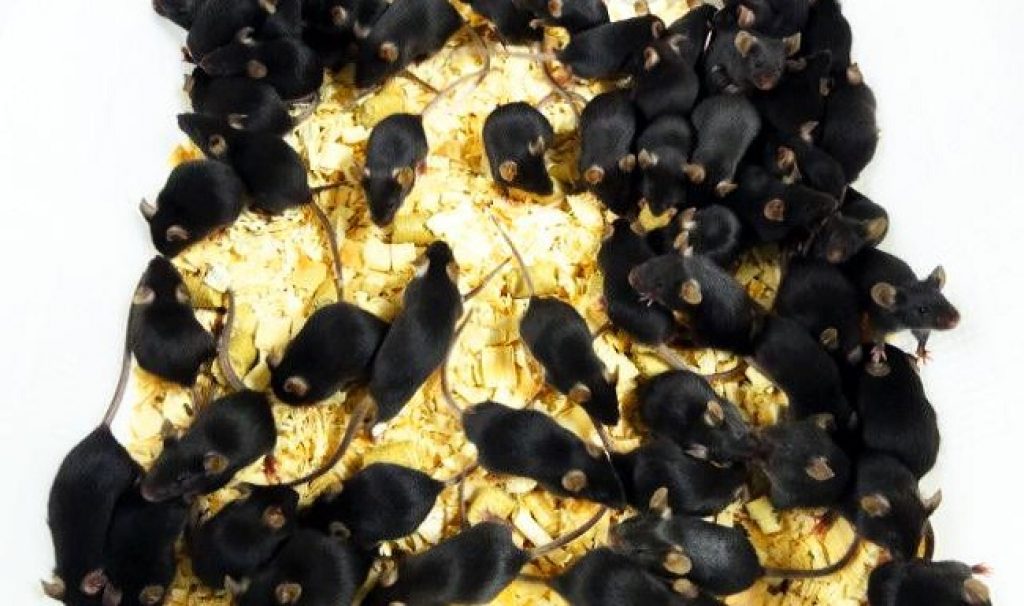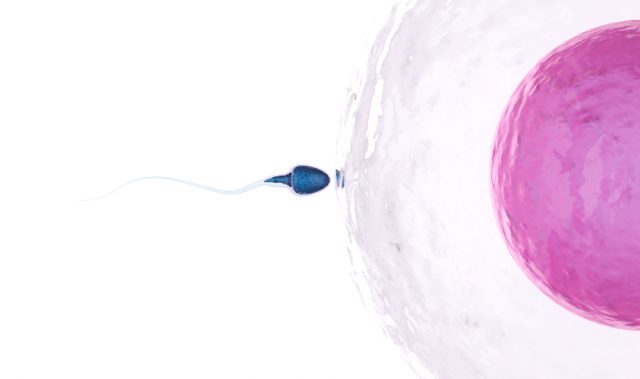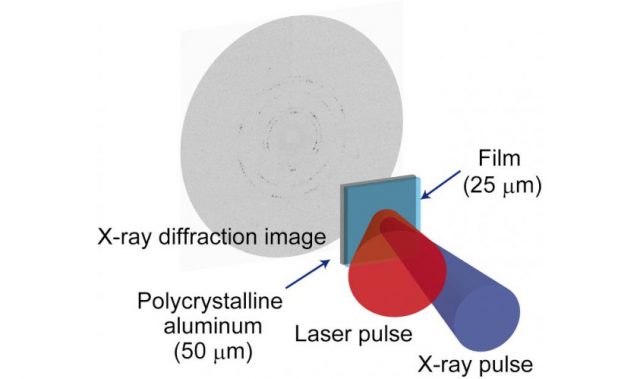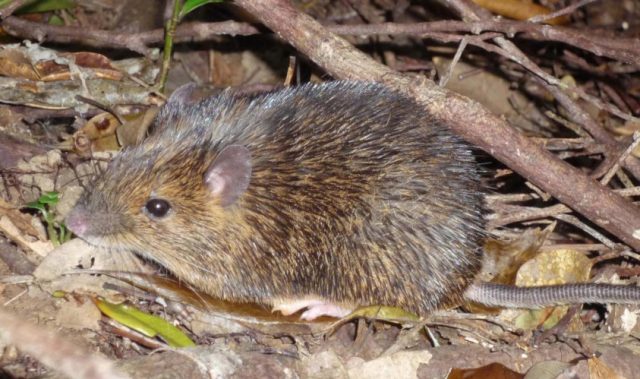
AsianScientist (Jun. 30, 2015) – Researchers at Kumamoto University have developed a method of ultra-superovulation, successfully obtaining more than 100 eggs from a single female mouse. Their results have been published in PLOS ONE.
In humans, protein coding genes—which account for less than two percent of the human genome—have recently been found to number over 20,000. Scientists commonly use knockout mice to analyze basal phenotypes (the appearance of genetic characteristics) and functions of such a large number of genes.
In conventional induced superovulation methods, pregnant mare serum gonadotropin (PMSG), a follicle stimulating hormone (FSH), is administered to knockout mice with the intention of developing a large number of ovarian follicles. However, this method typically yields about 20 eggs or less.
The hormone inhibin is released from the gonads during development and is a secretion regulator of FSH. FSH in turn is secreted from the pituitary gland and limits the number of eggs produced during ovulation. In the present study, Professor Naomi Nakagata and Dr. Toru Takeo from the Division of Reproductive Engineering in the Center for Animal Resources and Development (CARD) of Kumamoto University, used inhibin antiserum to induce ultra-superovulation in mice.
They found that the use of an inhibin antiserum promotes excessive secretion of FSH by neutralizing inhibin in the body of female knockout mice. Furthermore, by administering PMSG simultaneously the mice developed a large number of follicles leading to successful ovulation of 100 or more eggs from one knockout mouse, approximately three to four times that of conventional methods. Normal two-cell stage embryo growth and offspring from these eggs has been confirmed using in vitro fertilization and embryo transfer.
“With our newly developed method, it is possible to reduce the number of female knockout mice used in egg collection by 1/3-1/4 or less.” said Dr. Takeo, who was involved in the development of the procedure.
“Reducing the number of experimental animals is one of the most important pillars in the welfare of laboratory animals. Not only from the life science research viewpoint, but also from the social concern for the welfare of laboratory animals.”
Nakagata anticipates that his ultra-superovulation induction method could be applied to rats, hamsters and guinea pigs, although this remains to be experimentally confirmed. The ovulation-inducing agent is scheduled to be released from a collaborating pharmaceutical company in the future.
The article can be found at: Takeo et al. (2015) Superovulation Using The Combined Administration Of Inhibin Antiserum And Equine Chorionic Gonadotropin Increases The Number Of Ovulated Oocytes In C57BL/6 Female Mice.
———
Source: Kumamoto University.
Disclaimer: This article does not necessarily reflect the views of AsianScientist or its staff.












